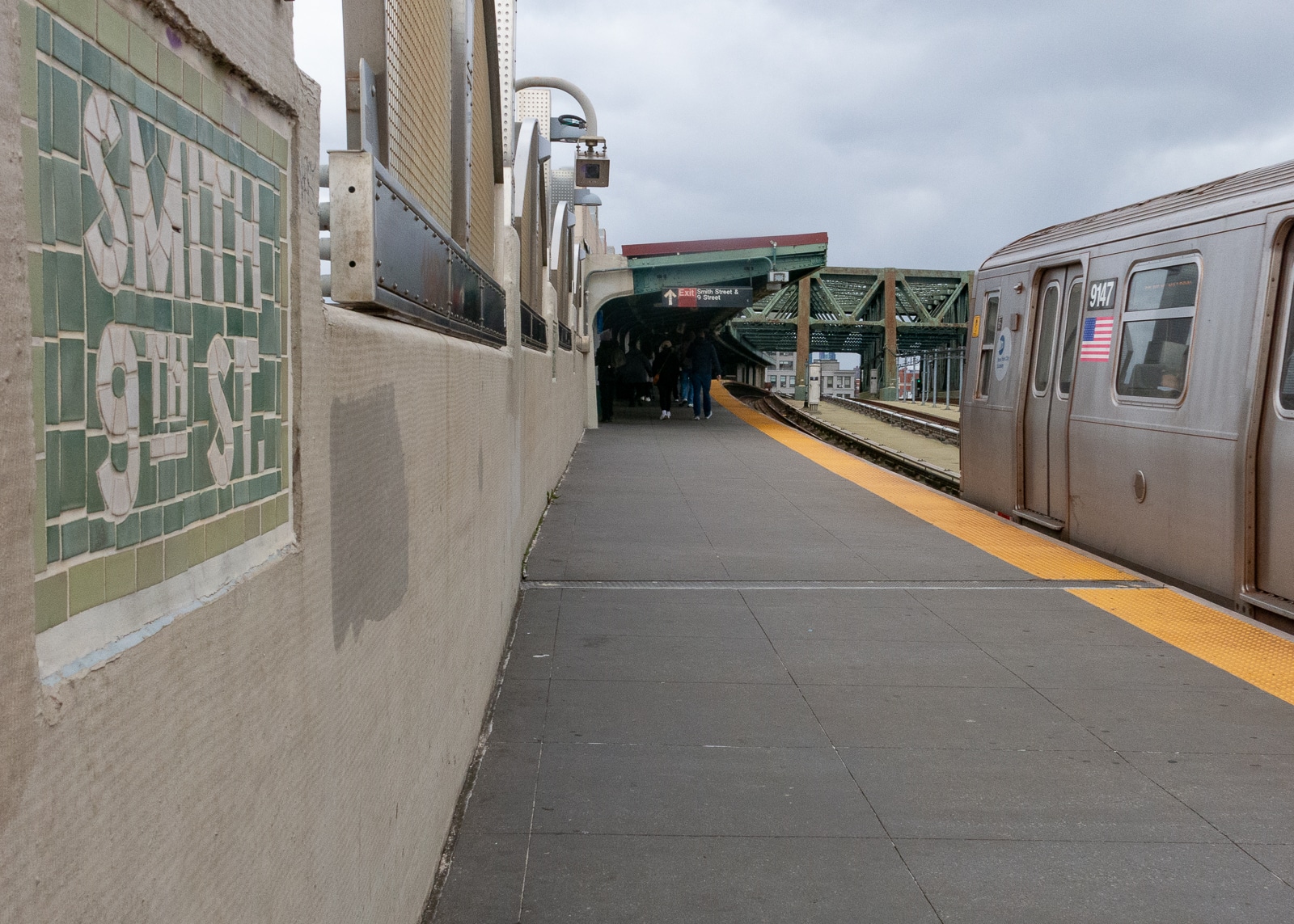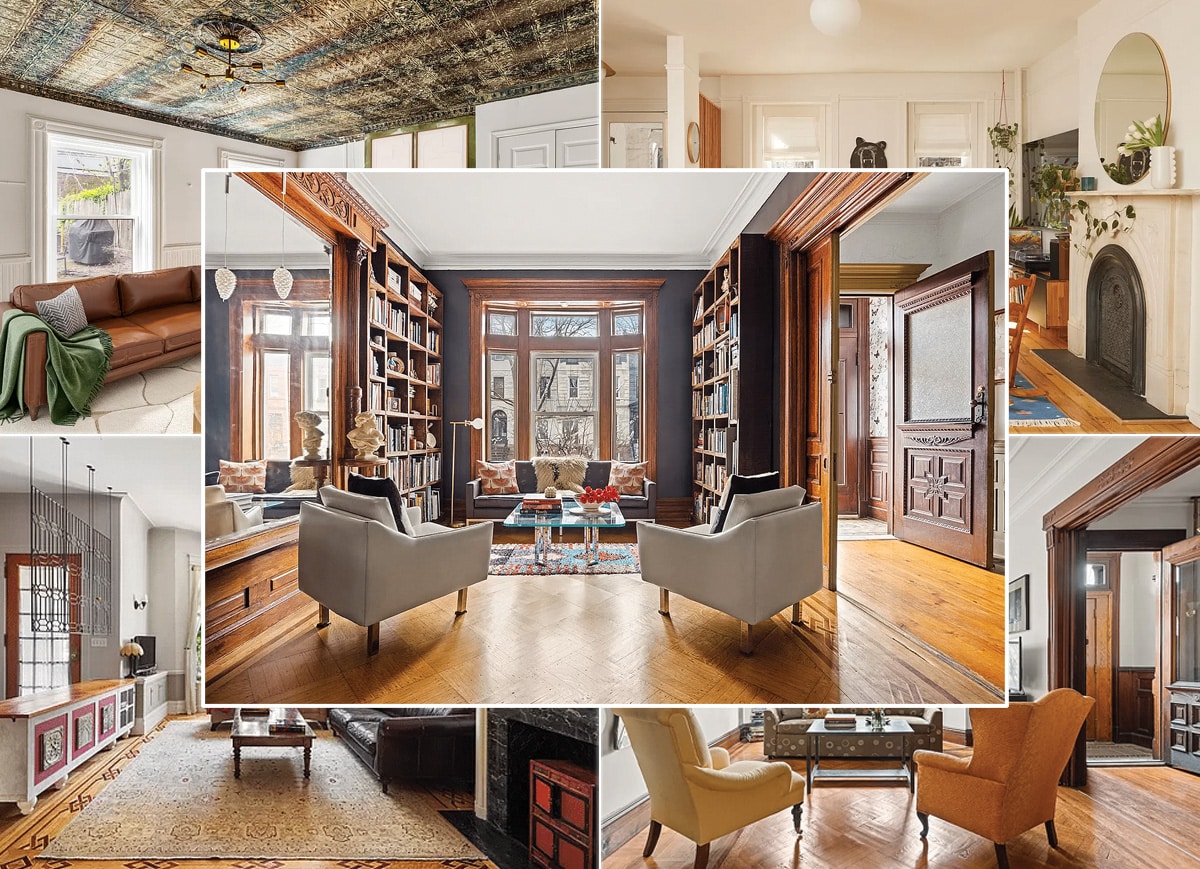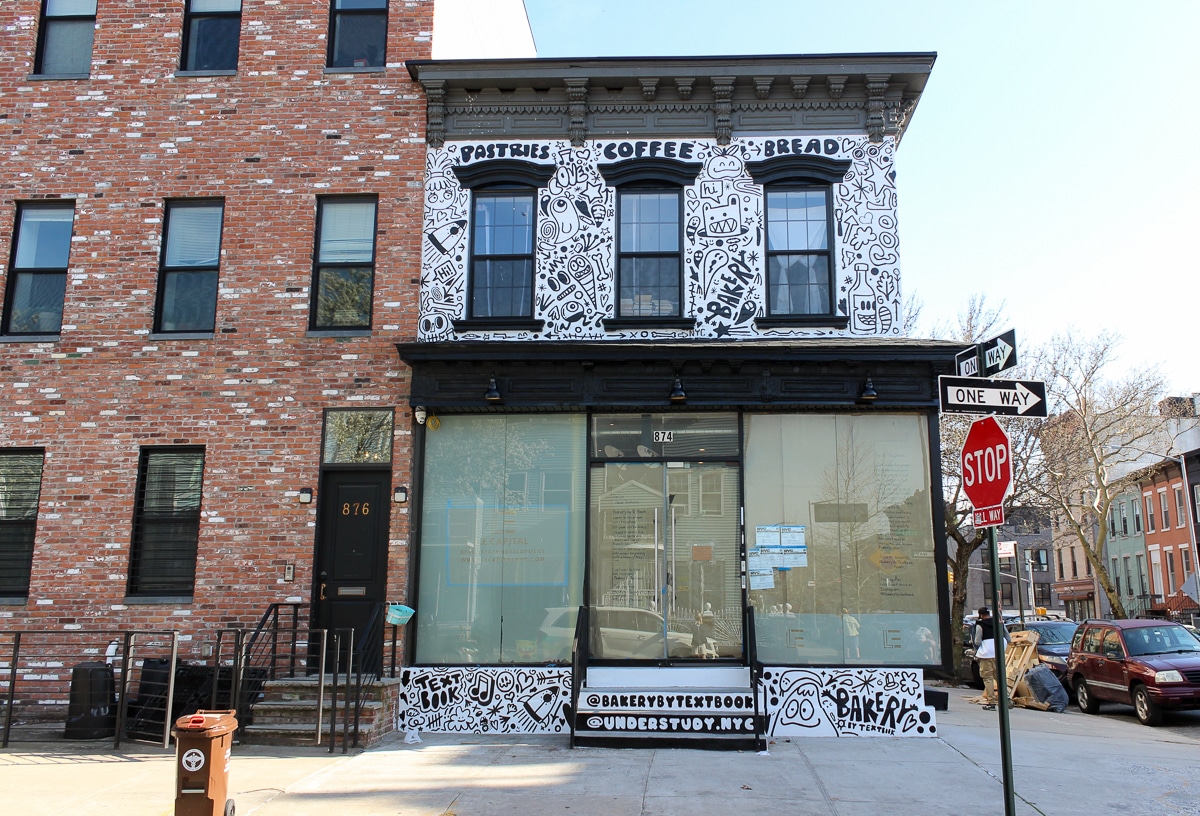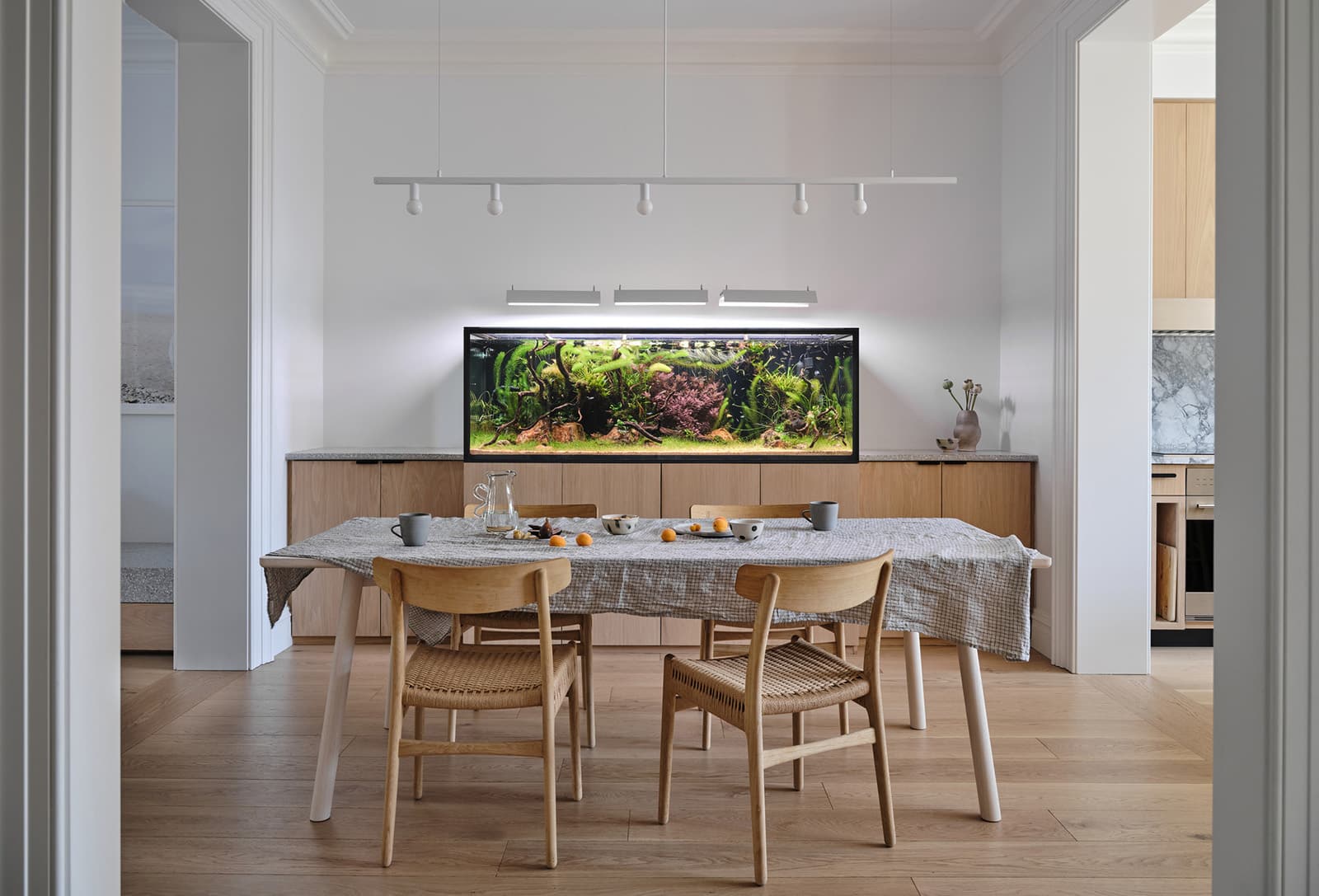Zoning Primer: A Look at R6B
R6B districts are often traditional row house districts, designed to preserve the scale and harmoniuous streetscape of neighborhoods developed during the 19th century with four-story attached buildings. Many of these housesare set back from the street by stoops and small front yards that are typical of Brooklyn’s “brownstone” neighborhoods — Park Slope or Boerum Hill,…

R6B districts are often traditional row house districts, designed to preserve the scale and harmoniuous streetscape of neighborhoods developed during the 19th century with four-story attached buildings. Many of these housesare set back from the street by stoops and small front yards that are typical of Brooklyn’s “brownstone” neighborhoods — Park Slope or Boerum Hill, for example.
The FAR of 2.0 and the mandatory Quality Housing regulations also accommodate apartment buildings at a similar four- to five-story scale. The base heights of a new building must be between 30 and 40 feet; the maximum building height is 50 feet. To maintain the traditional streetscape, curb cuts are prohibited on lots narrower than 40 feet and the front wall of a new building, on any lot up to 50 feet wide, must be as deep as one adjacent front wall and the street line must be landscaped. Parking is required for 50% of dwelling units, or waived if five or fewer spaces are required.
Excerpted from the New York City Department of City Planning Zoning Handbook, January 2006, p.31.









R-6B another word for overbuilt sites which should be R-5B to prevent wars.
Individual building sections avoids the parking.
Roof structures, stair bulkheads ,etc, permitted above maximum bldg height.
R-6B does not allow alternate front setback towers (old zoning).
Don”t learn too much of this it is not that much fun.
Does the 50′ maximum height exclude such things as bulkheads for roof doors and mechanical rooms (elevators shafts, a/c compressors, cell phone towers)? If you have a 60 foot wide lot, can you divide it into three 20′ lots and eliminate the required off street parking?
Don’t believe what you read in the Handbook. The truth is in the loopholes. I thought I lived in an R6 area. It was really R22. There’s always a catch which obliterates any and all rules. R22–that’s the best loophole there is.
[Apologies to Joseph Heller]
The Zoning Handbook is a great reference (I got myself one). Much of the information of general interest can be gleaned for free from DCP’s Web site at http://nyc.gov/html/dcp/html/subcats/zoning.shtml.
//
The “B” identifies a type of contextual zoning. (“B” is for “Brownstone”?) Other suffixes are A, D and X (my favorite).
//
I’ve never heard of the requirement that “All open areas between the street wall and the front lot line must be planted.” I wonder how much of it has to be “planted”? There still needs to be room for garbage cans and other utilitarian purposes.
//
PS: Your commenting system is all screwed up. TypeKey is not letting me login, and your word verification failed several times.
The illustration is from the DCP’s Zoning Handbook, which can be purchased from their bookstore @ 22 Reade.
http://www.nyc.gov/html/dcp/html/pub/publist.shtml
Does that mean all the curb cuts on the new 20′-wide buildings aren’t legal?
where’d you get the cool illustration?
also, how does R6B differ from plain old R6?